Exercise – we all know it’s good for us, and why – but how many of us know how to exercise for the age range we are in and how much we need to do to keep fit physically and mentally? Different types of exercise are more important at certain stages of our lives.
Kids
To children, exercise usually means “play” which is a great thing, as then it’s easy to motivate them to be active. Young children are busy exploring their world – running, climbing, jumping, using playground equipment… Up until school age this exploration is usually enough in terms of aerobic activity. Kids should get at least one hour of physical activity per day including activities for muscle strength and muscle building like gymnastics, tree-climbing and jungle gyms, as well as bone strengthening exercises like running, skipping and fast walking.
Even from an early age it is good to introduce kids to the concept of exercise being good not only for their growing bodies, but for their brain too. Try to discourage long times spent sitting or lying down, and periods of inactivity should be broken up with exercise breaks. Set good examples as a parent or caregiver – involve them in the ways you exercise too.
Teens
The teenage years are when the biggest growth spurt occurs meaning it’s a really important time for muscle and bone strengthening exercises to help the body reach its full physical capacity. Teens also need at least an hour of physical activity a day. Older teens can start weight training to build muscle. Any exercise is good – the walk to school, TikTok dance routine and kicking a ball around at the park all count. Help teens make time for exercise, exercise with them for motivation and model positive habits yourself. Encourage organised sport and anything physically active that they are interested in.
Embrace technology – fitness apps and trackers can be great inspiration to set exercise routines, motivation to keep going and to monitor gains. There are a wide range of virtual reality sports and dancing games available. Help teenagers find positive role models on social media for workout tips and fitness goals.
Exercise ideas for kids and teens:
- walking the dog/to school
- swimming
- skipping/jump rope
- dancing
- cycling
- scootering
- rollerblading
- surfing
- bodyboarding
- kapa haka
- tramping
- waka ama
- rugby
- soccer
- hockey
- running games like tag and touch.
Muscle and bone strengthening exercise ideas:
- martial arts
- gymnastics
Twenties
A stage of life where energy levels are good, bodies are strong and resilient, and hormone production is at its peak.
This is the time of life to start being consistent with weight-training (two to three times per week). Minimum exercise requirements are 30 minutes per day, five times a week. This can be 150 minutes of moderate-intensity exercise and muscle strengthening or 75 minutes of vigorous exercise and muscle strengthening per week. Moderate-intensity exercise is when you can talk while exercising but can’t sing a song. Vigorous exercise is when you can’t talk without pausing for breath.
Moderate-intensity exercise ideas:
- brisk walking
- water aerobics
- doubles tennis
- biking on level ground.
Vigorous exercise ideas:
- swimming lengths
- jogging
- singles tennis
- biking on a hill or at pace.
Muscle strengthening ideas:
- lifting weights
- yoga
- push-ups
- resistance band workouts.
Thirties
In this decade the first signs of aging are appearing already!! We start to lose muscle mass in our thirties, which is why weight training becomes more important. Bones start to weaken so we need to include weight-bearing exercises like yoga, jogging and brisk walking. Stretching is also very important, to avoid injury.
Forties
Old injuries, tiredness and life priorities start to interfere with exercise. Middle age comes with a natural decline in several things – metabolism slows making weight gain easier. Abdominal weight gain is associated with heart disease, high blood pressure and diabetes. Many people develop some sort of chronic disease in this stage of life making the ability to exercise more challenging.
Joint pain can appear – go low-impact (swimming, biking). Hormone levels start to drop for both men and women.
Exercise requirements are at least three but ideally five times a week cardio exercise with weight training for muscle maintenance and weight bearing exercises for bone strength.
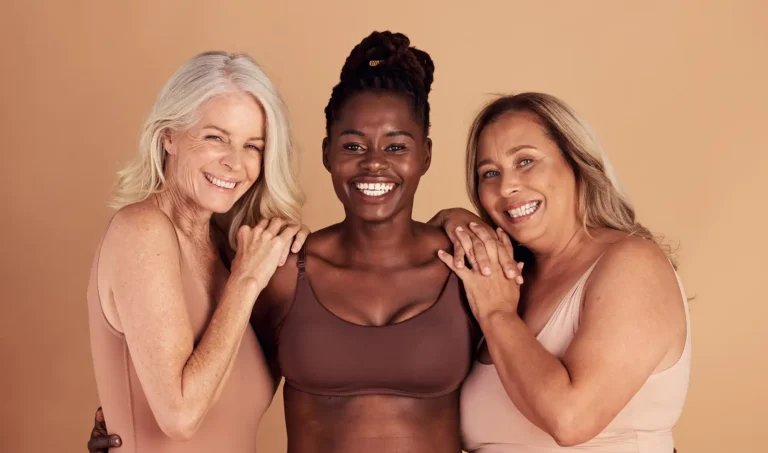





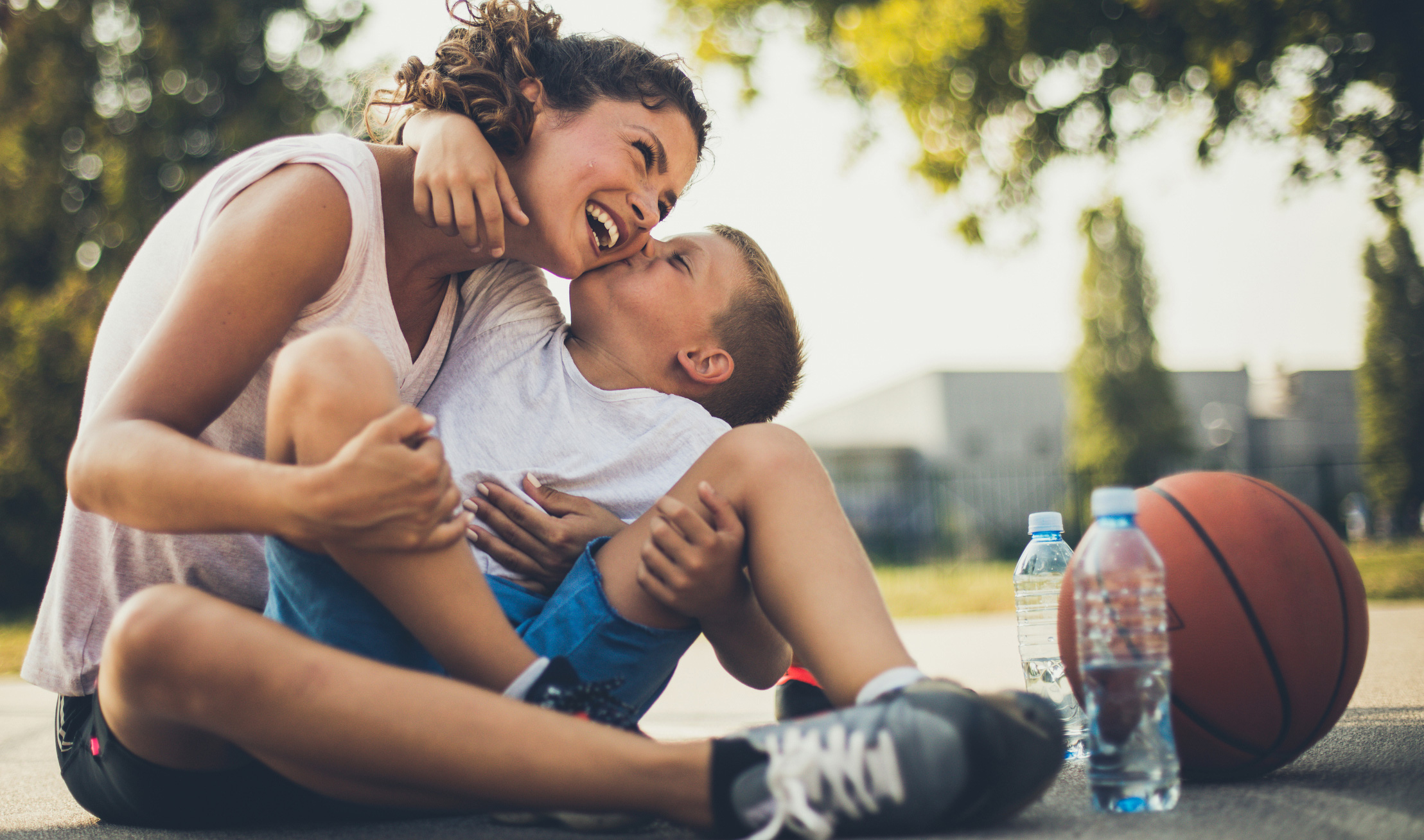

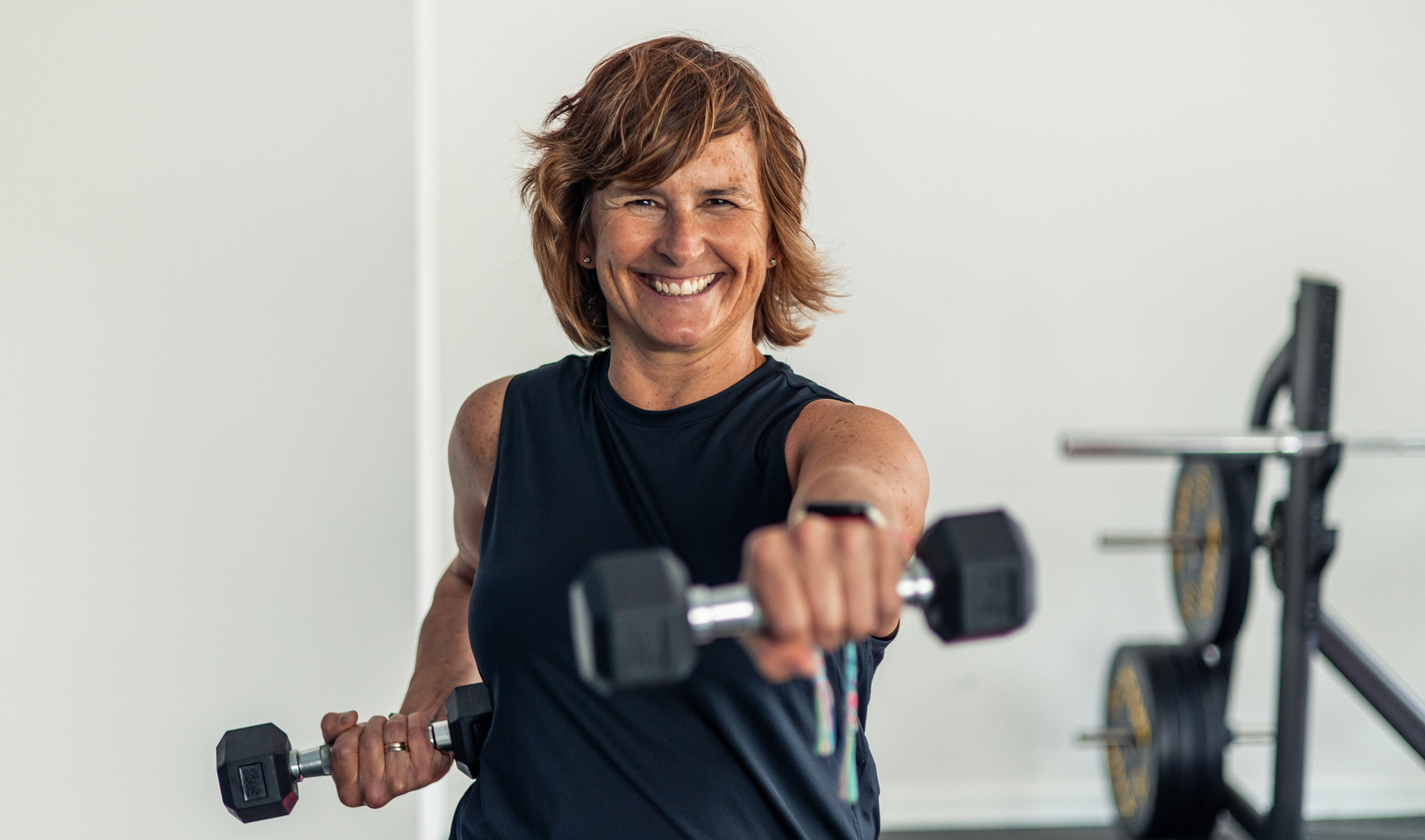

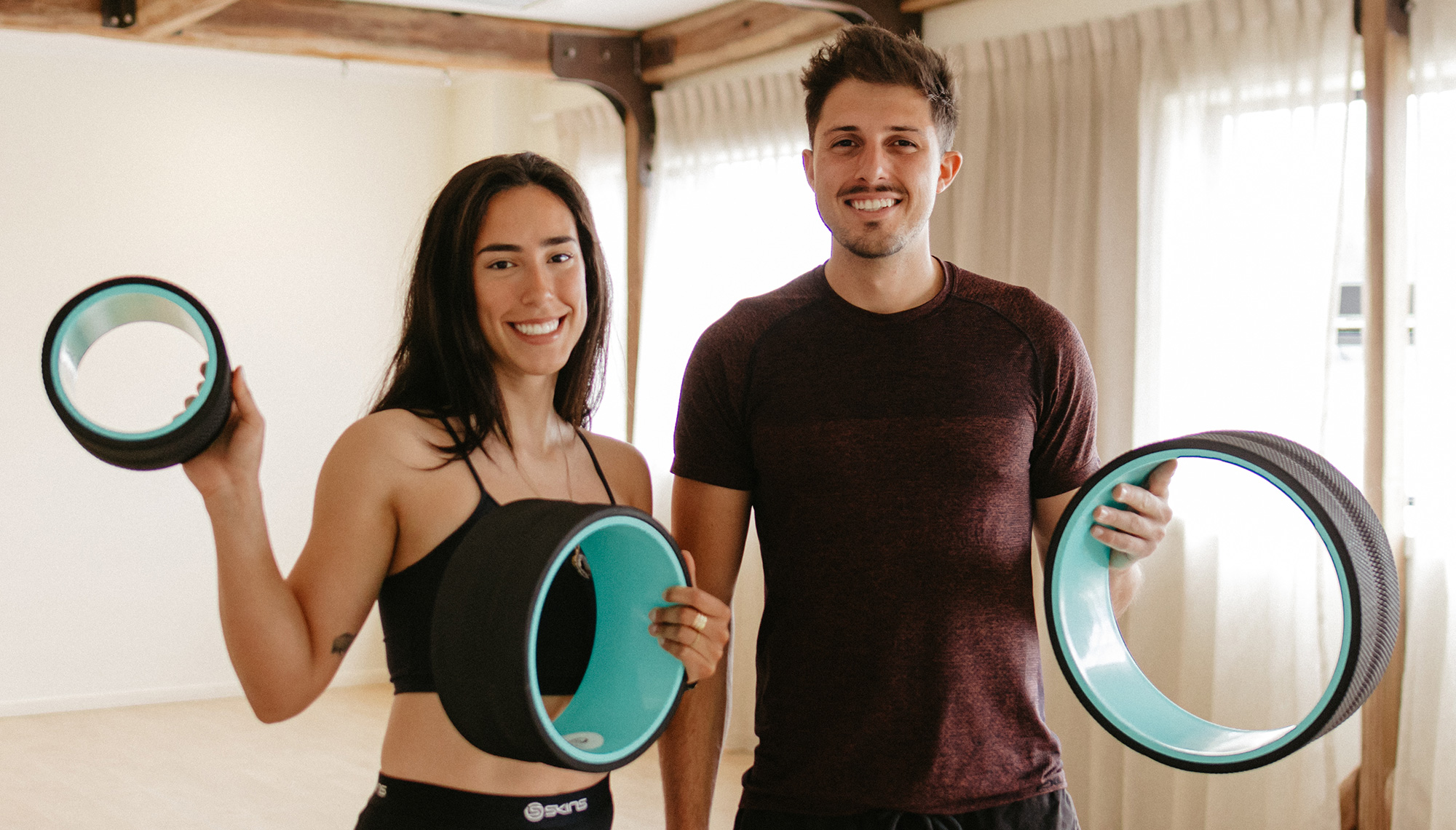
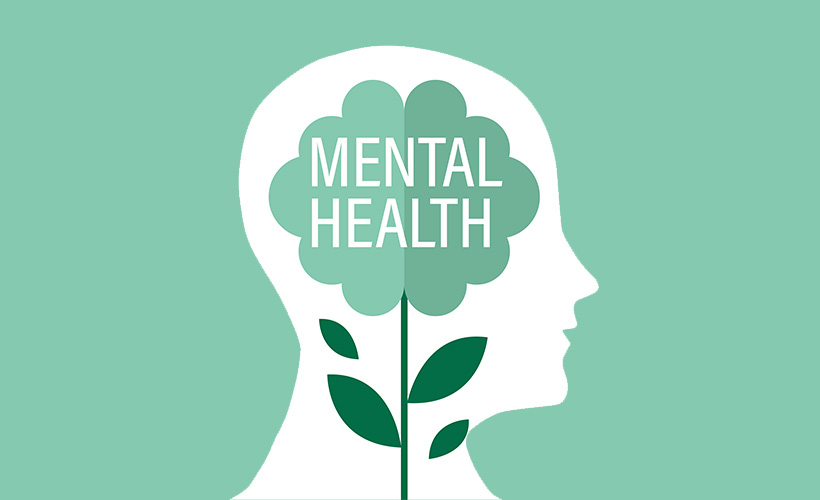

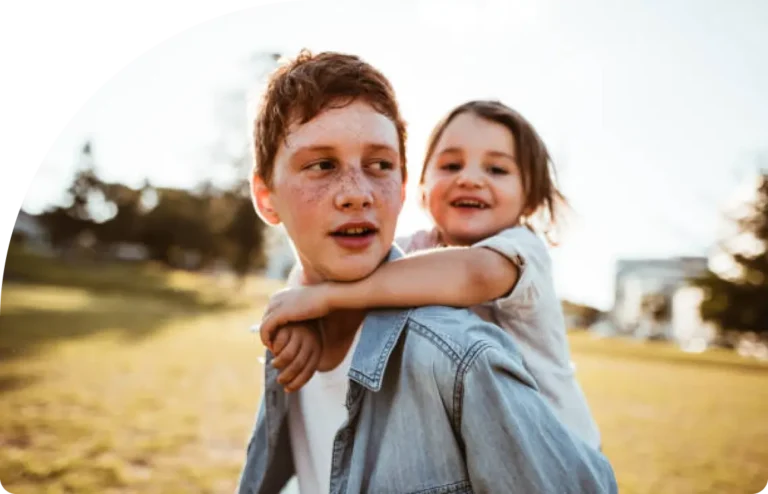
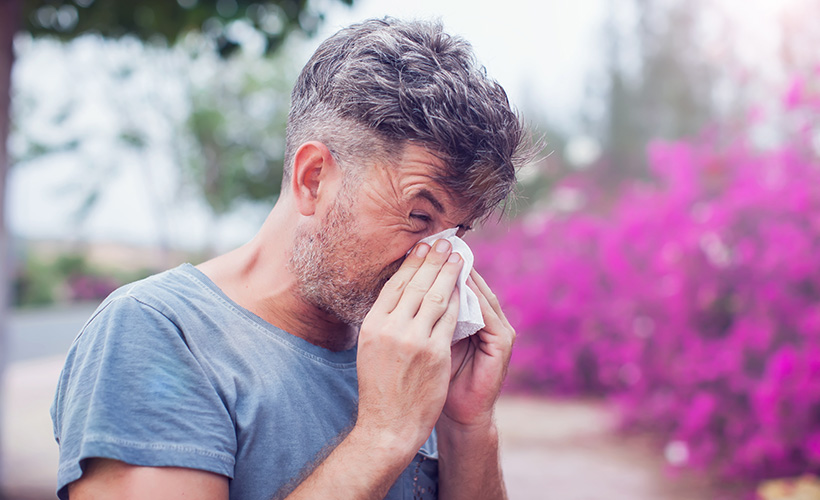
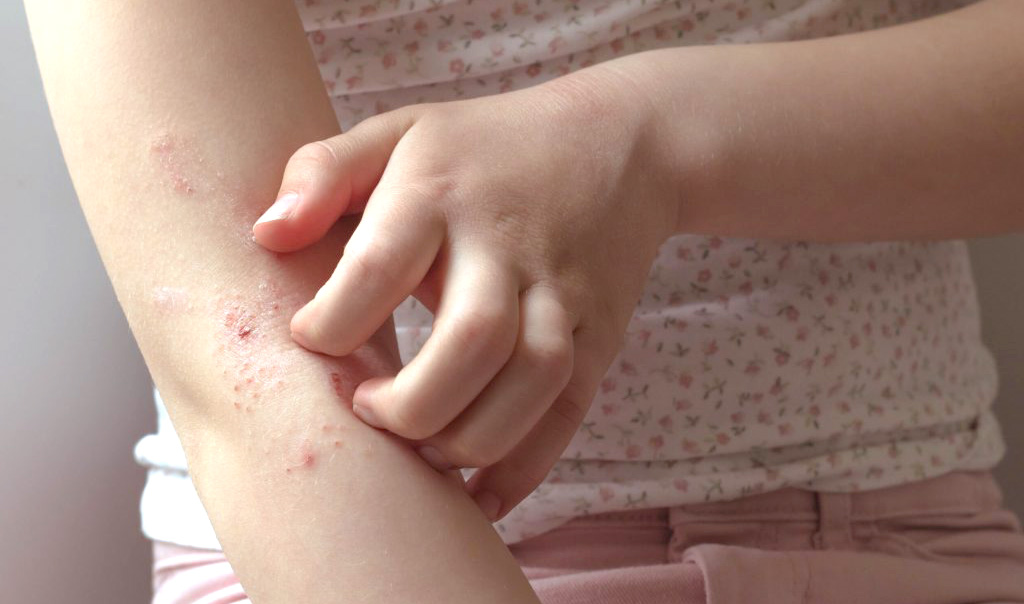
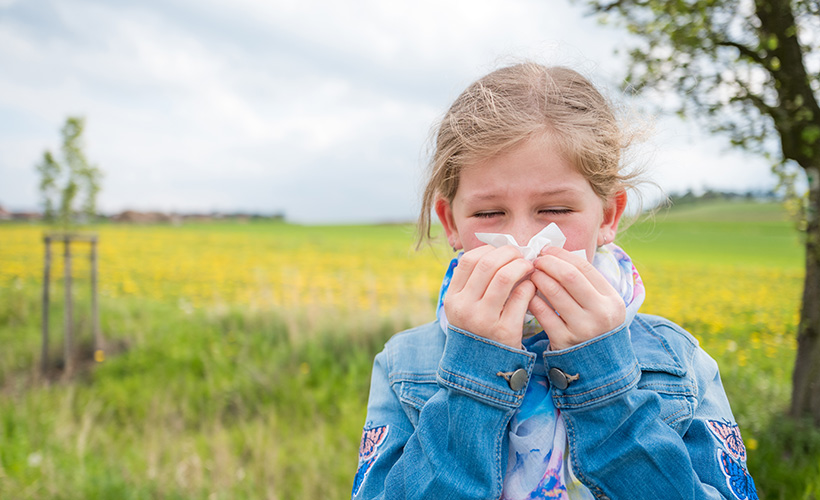
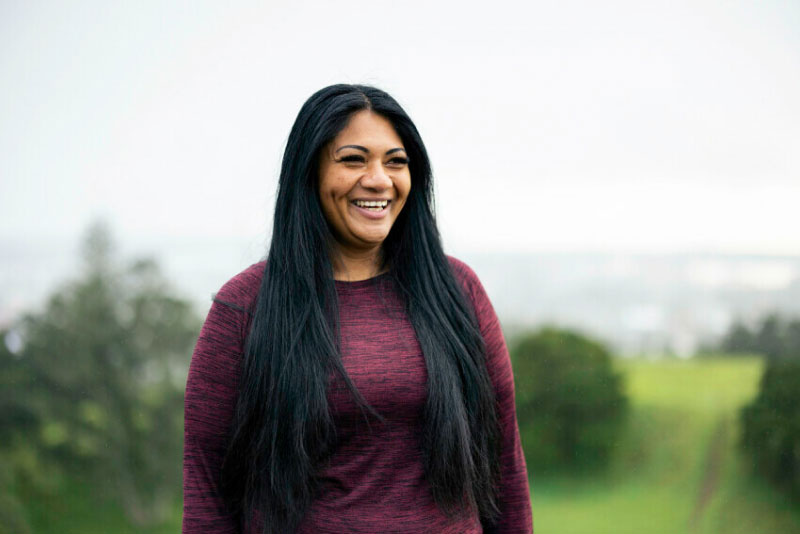
Community